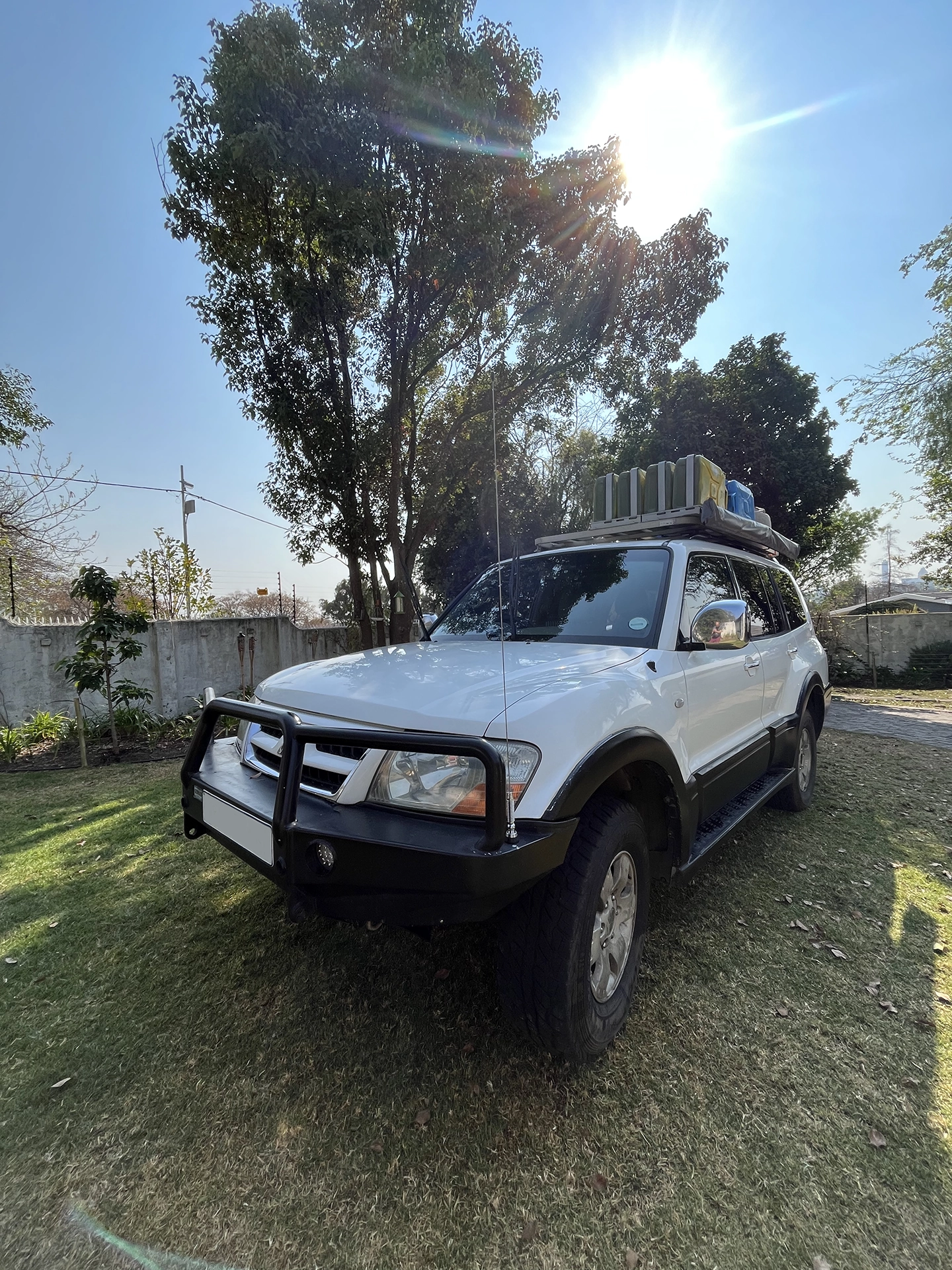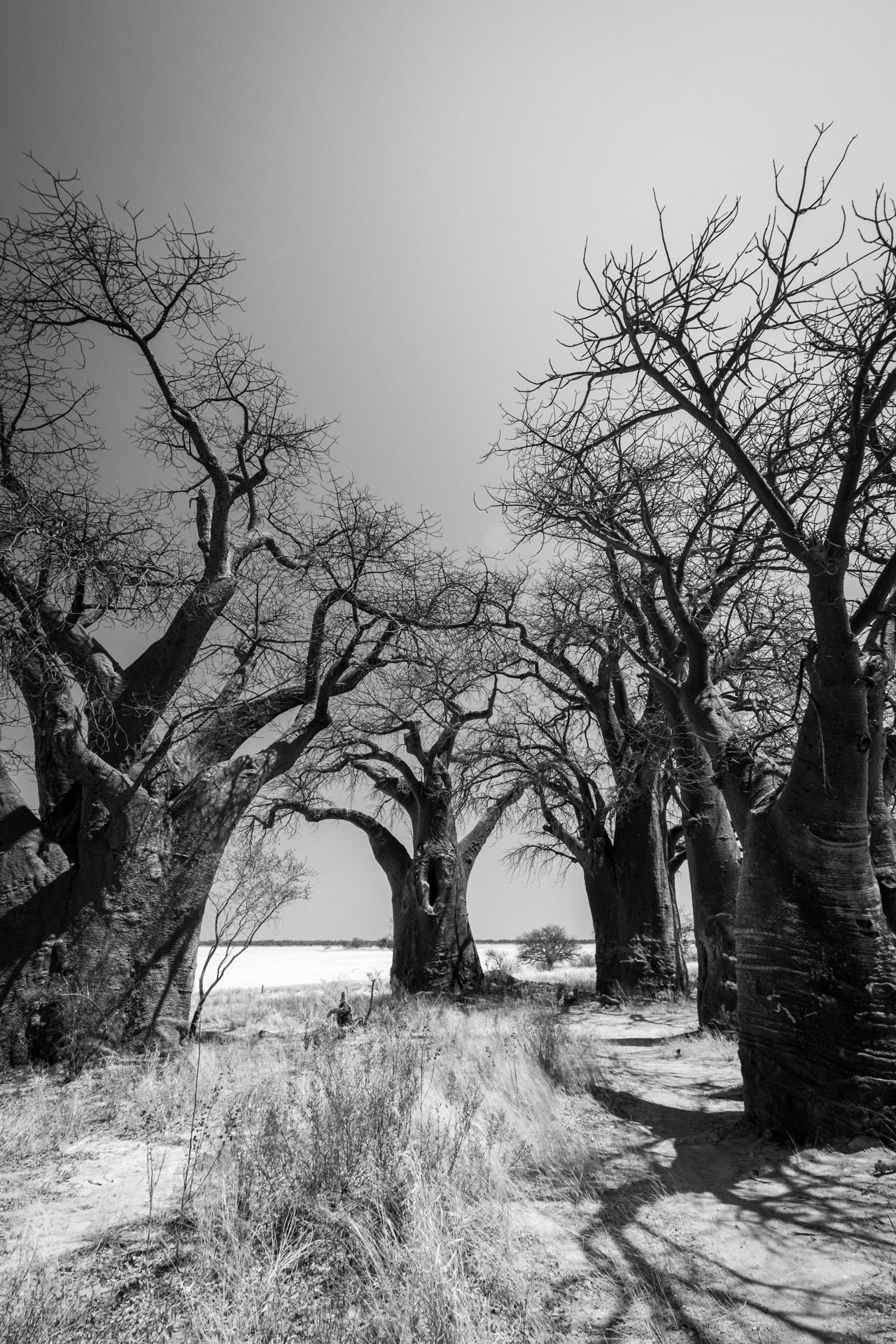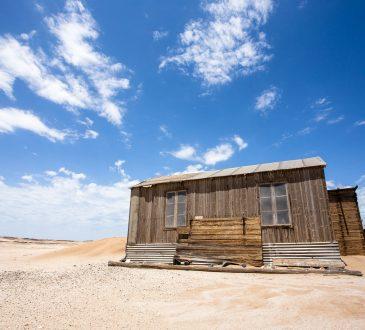What is OVERLANDING?

OVERLAND
Travel a long distance over land
Present participle: overlanding
“What is overlanding, anyway?”
It’s a surprisingly common question these days.
Overlanding is a way to explore the outdoors. During the past few years, though, vehicle-based exploration has boomed and developed a strong support group and following by off-the-grid enthusiasts.
So Then, What Is Overlanding?
Overlanding is self-reliant overland travel to remote destinations where the journey is the principal goal. Typically, but not exclusively, it is accomplished with mechanised off-road-capable transport (from bicycles to trucks) where the principal form of lodging is camping, often lasting for extended lengths of time (weeks, months to years) and spanning international boundaries.
Overlanding doesn’t necessarily mean you need a 4×4 vehicle, however, this does help in Southern Africa.
Overlanding is a combination of remote travel, off-roading, and camping. Overlanding’s origins date back to the early 1900s when Australia began to establish routes for long-distance travel within the continent. Primarily used for trading farm animals, individuals used these trade routes to transport livestock to markets on foot. Years later, overlanding took on a different meaning and would become an outdoorsman activity inspired by road builders, pioneers, and surveyor Leonard “Len” Beadell.
Overlanding usually involves long-distance travel to remote locations where little prior exploration has occurred. Other characteristics that define overlanding include, but are not limited to, self-reliance, adventure, survival, and discovery.
Overlanding can involve a variety of elements such as crawling over massive boulders, wading in deep waters, slogging through mud, and sprinting across a dry lakebed.
Don’t fool yourself: A weekend trip spent roasting marshmallows over a soothing campfire, tackling obstacles, and conquering trails, as adventurous as it sounds, does not qualify as overlanding. The real-deal requires taking yourself off-grid and venturing into the truly unknown, and doing so for days, weeks, months, and even years at a time—depending on the journey.
Overlanding-Vehicle Types And Essential Gear
Several vehicle types can be made into capable overlanding rigs, including SUVs, trucks, vans, and motorcycles.
Traveling in unfamiliar territory requires a properly equipped vehicle, but an overlanding rig is a means to an end.
In other words, it’s a tool that helps you reach your destination. Like the rest of the gear you carry, a vehicle is a piece of equipment you use to bring you closer to the wilderness. It is equally important to pack plenty of water, a first-aid kit, food, tools, a full-size spare, camping supplies, and toiletry items.
So You Think You Can Overland?
Self-reliance is key to overlanding success, and your mindset is everything. You have to be prepared to go into survival mode and to handle repair needs that arise during your journey. Other factors to take into account are harsh environments, extreme temperatures, and the creatures you may encounter along the way.
And remember, traveling self-supported also entails going days without a shower, and at some point, all you’ll have left to eat is a granola bar and instant coffee. If you are too comfortable, have cell service, a place to shower, and find yourself within a stone’s throw away from a drive-thru or fuel station, then you’re probably not overlanding.

What’s the appeal to people who partake in the activity?
Overlanding is cool because it brings you solitude, possibly broadens your perspective and understanding of the world, and allows you to learn about other cultures. Vehicle-based exploration also helps build mental toughness, survival skills, and resilience, and it connects you to the natural world in a way few things can.
What is overlanding?
Just one hell of a challenge, both mentally and physically.




